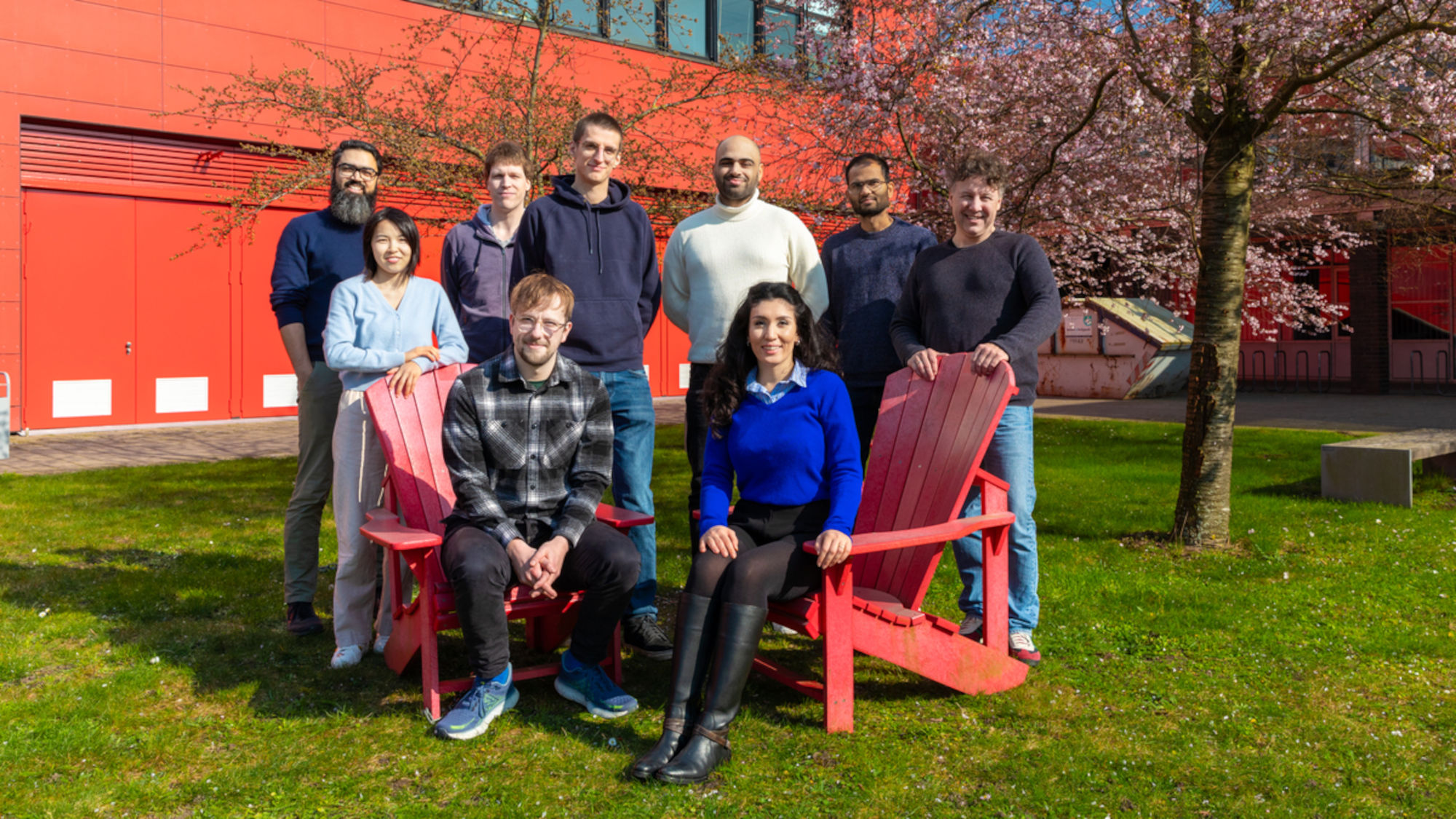
© Matej Meza / Universität Bremen
Paving the Way for Open Source Processors
The Scale4Edge project connects academia and industry
They are in our cars, laptops, and smartphones: Processors surround us all day long. They process all incoming data and thus form the heart of these devices. However, the more sophisticated and powerful processing units become, the more complex they are to develop. In the Scale4Edge project, researchers from the University of Bremen are working with partners from academia and industry to simplify processor development and make it more accessible. They aim to achieve this with an open source architecture.
A modern car contains an average of several hundred processing units. They ensure, for example, that the car stays in the correct lane, recognizes traffic signs, and can even be used for automatic parking. Such processors must meet many requirements: They not only have to be energy-efficient; they also have to be efficient, robust, and safe. The Scale4Edge project is looking into ways to make developing these processors easier.
Nineteen partners from academia and industry have joined forces in the project, including companies such as Bosch and the semiconductor manufacturer Infineon as well as nine research institutions. At the University of Bremen, Rolf Drechsler and his Computer Architecture working group (AGRA) are involved in Scale4Edge. The partners have been collaborating since 2020, and have received around 24 million euros in funding from the Federal Ministry of Education and Research (BMBF). The project was recently extended until the end of 2025.
RISC-V: The Open Source Architecture for Processors
The processors that the team is working on are designed to work with the RISC-V instruction set architecture; RISC is short for Reduced Instruction Set Computer. But what exactly does this mean? “An instruction set architecture determines which type of data processors can handle and how it is processed,” explains Rolf Drechsler. Like in computer operating systems, there are also different instruction set architectures for processors; and these are rarely compatible with each other.
Companies usually have to pay license fees to use these architectures in their processors. RISC-V, on the other hand, can be used free of charge. But this is only one of the reasons why it is becoming increasingly popular. While the first version of RISC was developed primarily for teaching purposes, the current fifth generation enables users to build complex and powerful processors, which also makes them attractive to industry.
As processors have become more sophisticated over time, their design has become increasingly complex. “In the past, developers would build standard processors that could then be used with different types of software, depending on the application,” explains Rolf Drechsler. Today, processors are often tailored to specific application scenarios right from the start and a virtual prototype of the processor is then created and tested. Depending on its application and complexity, developing a processor can take several years. The Scale4Edge project partners want to simplify this process – with a platform that enables even non-specialists to develop a processor. “You will be able to select the processing width and power consumption of your processor should have and specify which instructions it should execute. That way you can create a design automatically,” states Rolf Drechsler.
Verification: The Specialist Field of the Bremen Researchers
Especially with processors in cars, it is a matter of life and death that they work properly. Rolf Drechsler and his team are making sure that they do. Their work focuses on the verification of processors. There are several different methods for this. “One way to check processor functionality is using specific values. This is similar to testing a calculator with specific arithmetic equations,” he explains.
But this method is time-consuming. With a 32-bit processor, as is used in cell phones or laptops, for example, it would take around 500 years. An alternative is using variables for verification. This allows the functionality of many values to be tested simultaneously, but requires a lot of memory. Rolf Drechsler and his team are therefore working with a combination of both methods: the partial symbolic simulation. Yet, the researchers in Bremen do not get to actually touch the processors. They work exclusively with digital twins. The processors are only built once they function perfectly.
Research in Dialogue between Academia and Industry
Rolf Drechsler considers the collaboration with industry partners in the Scale4Edge project to be particularly appealing. After all, he himself worked at Siemens before being appointed to a professorship at the University of Bremen. “For my scientific work, I find it important not to conduct research in a vacuum, but to be connected to real-life applications,” he says. Nevertheless, he never regretted his move from industry back to academia. “I realized that the freedom of teaching and researching at a university has a very high value for me – and that has remained true to this day,” he concludes.